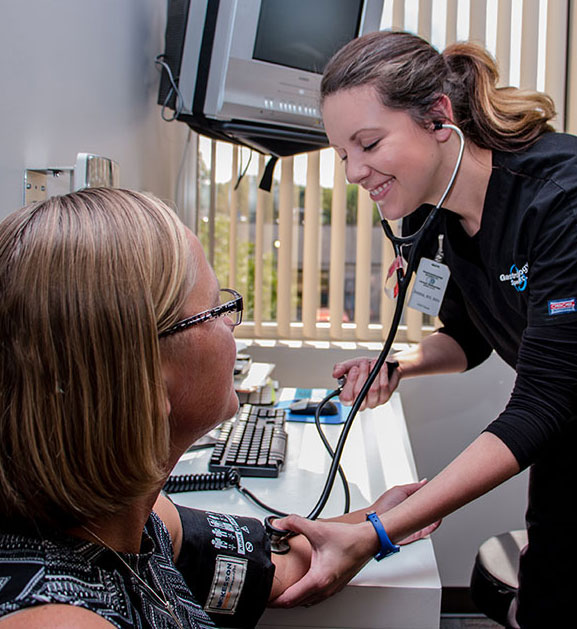On its website, the BBC News (11/7, Gallagher) reports on research, which suggests that “targeting just one chemical inside cancerous cells could one day lead to a single test for a broad range of cancers,” adding that “the same system could then be used to deliver precision radiotherapy.” The researchers told the National Cancer Research Institute conference they were able to detect breast cancer in mice weeks before a lump was detected. According to the article, the researchers said that “the same target chemical was also present in cancers of the lung, skin, kidney and bladder.” BBC News says that “the team, at the Gray Institute for Radiation Oncology and Biology at Oxford University, were looking for a protein, called gamma-H2AX, which is produced in response to damaged DNA.”


